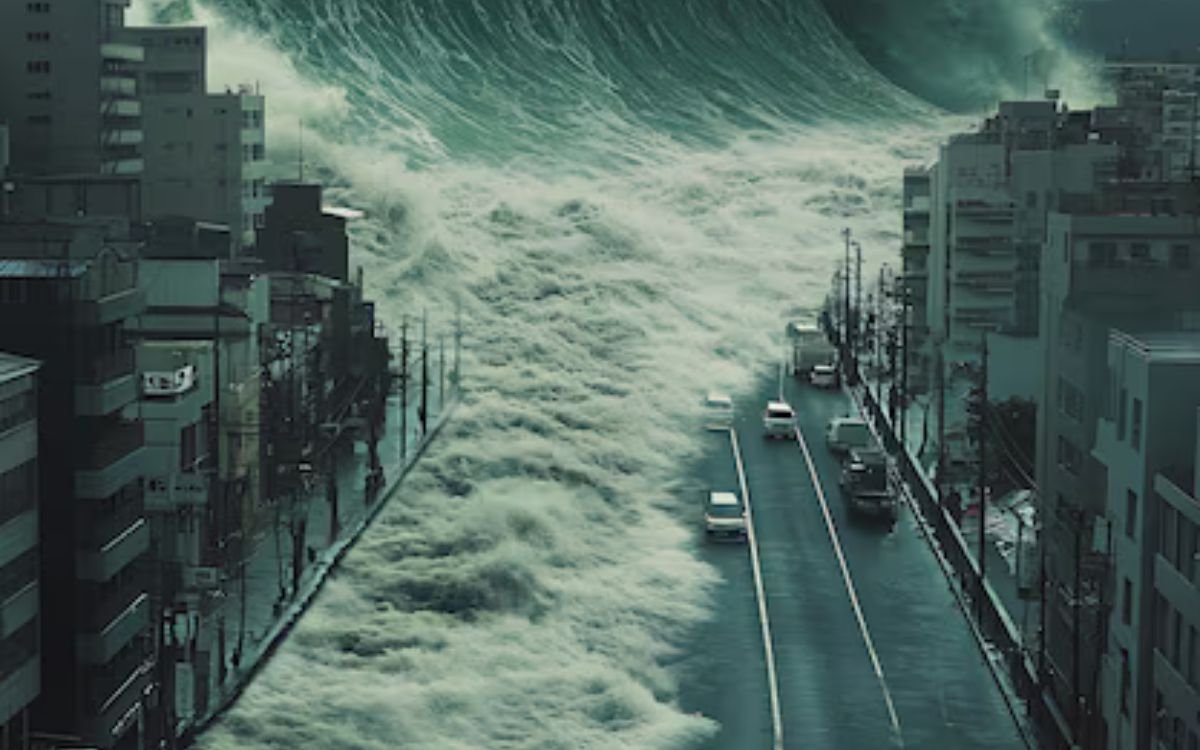Florida’s largest open water estuary and the millions of people who’ve come to build their lives around it barely had time to detox from the previous hurricane-fueled wave of pollution when the next one came pounding.
Just as the area around Tampa Bay was finally cleaning up the mess from Hurricane Helene, along came Milton. The hurricane double-header doused piles of debris in floodwaters. Then Milton kicked up the pools of muck that had only just begun to dry. The smells of spilled sewage, just now beginning to fade, soured the air once more.
To this end, local authorities and utilities in the region reported over 160 spills and pollution incidents thus far, as of Friday, from Milton.
When pumps lost power, when drains backed up and infrastructure failed, dirty water was cut loose into roads, homes and waterways.
A Tampa Bay Times review of reports to state regulators puts the estimated total at 68 million gallons of spilled pollution across seven counties. The number is likely a vast undercount, and it’s sure to rise as wastewater managers learn more about how facilities fared.
Reports indicate more than 30 of the region’s waterways, from Tampa Bay to Lake Seminole, are polluted by Milton.
Hurricane Helene had flexed its muscles over the region’s sewer systems like never before. And once again, in these latest reports on Milton, we’re seeing an all-too-familiar scene: what happens when a metro area keeps growing and stormwater infrastructure can’t keep up with blistering growth.
Four days later, a chemical used at the city’s treatment facility to treat wastewater ran out. Storm after storm had slowed a shipment of new supplies. Before they arrived, officials released another 18 million gallons of partially treated wastewater into the river.
When Katrina made landfall on the day and night of August 27-28, 2005, tanks at Tampa’s wastewater plant started to fail. The rainfall from Milton forced nearly 3 million gallons of partially treated wastewater to flow out of the tanks and onto the facility’s property. That water emptied into northeast Tampa Bay.
Milton to fill nearly nine Olympic-size swimming pools, the city stated.
Since 2016, the most volume spilled for a storm in St. Petersburg was Hurricane Hermine – 100+ million gallons spilled overall, with Tropical Storm Colin at second highest, at 10 million gallons according to public works administrator Claude Tankersley. The rainfall in Hurricane Milton was three times higher than either of those two storms.

According to associate professor of instruction and environmental science at the University of South Florida, Jim Ivey, there are three major concerns with water overflows during a storm. The biggest concerns are fecal bacteria, which may cause harmful algal blooms by fueling nutrients, and pharmaceuticals that can’t be flushed out.
These major spill events need to cause its leaders in Tampa Bay to work tirelessly in finding solutions so this does not happen again, Ivey said.
“We need to consider a future — within our economic capabilities — of how we can prevent this or minimally this — either by improving our sanitary sewers, improving wastewater treatment plants, or have more green space with wetland areas within our city,
Scientists and clean-water advocates believe the spills likely added to the toxic stew of fecal bacteria from human sewage, stormwater runoff, and pet and wildlife waste in the region’s waterbodies after Milton.
But state health department water samples haven’t been collected at Pinellas and Hillsborough beaches since September, data show. A spokesperson for the Hillsborough health department, Ryan Pedigo, said the agency monitors six beaches in the county and not the areas where other groups have tested. So nonprofits like Tampa Bay Waterkeeper are stepping in to fill in the data gaps.
It was not simply sewage:
It wasn’t wastewater alone that Tampa Bay waters became polluted after Milton.
Two days after the storm, on Coquina Key, someone contacted the Coast Guard reporting they observed a boat had been turned over during Milton.
“It is releasing gasoline into Tampa Bay,” the person noted in their report.
It was far from alone. Across Pinellas, Hillsborough, Sarasota, and Pasco counties, more than a dozen callers to a federal response hotline reported sunken boats leaking fuel.
The high waves generated by Helene could have broken up the amount of algal cells offshore, but it appears that didn’t happen. Still, it’s still too early to tell how the blooms might unfold over the coming weeks, Weisberg said.
For her part, environmental advocate McCormick issued a call of action for Florida leaders as Tampa Bay sifts through the polluted mess of yet another hurricane this year.
“It’s time to update our wastewater infrastructure to make us more resilient, so that we’re not fighting this same battle for our health and for our environment every year

